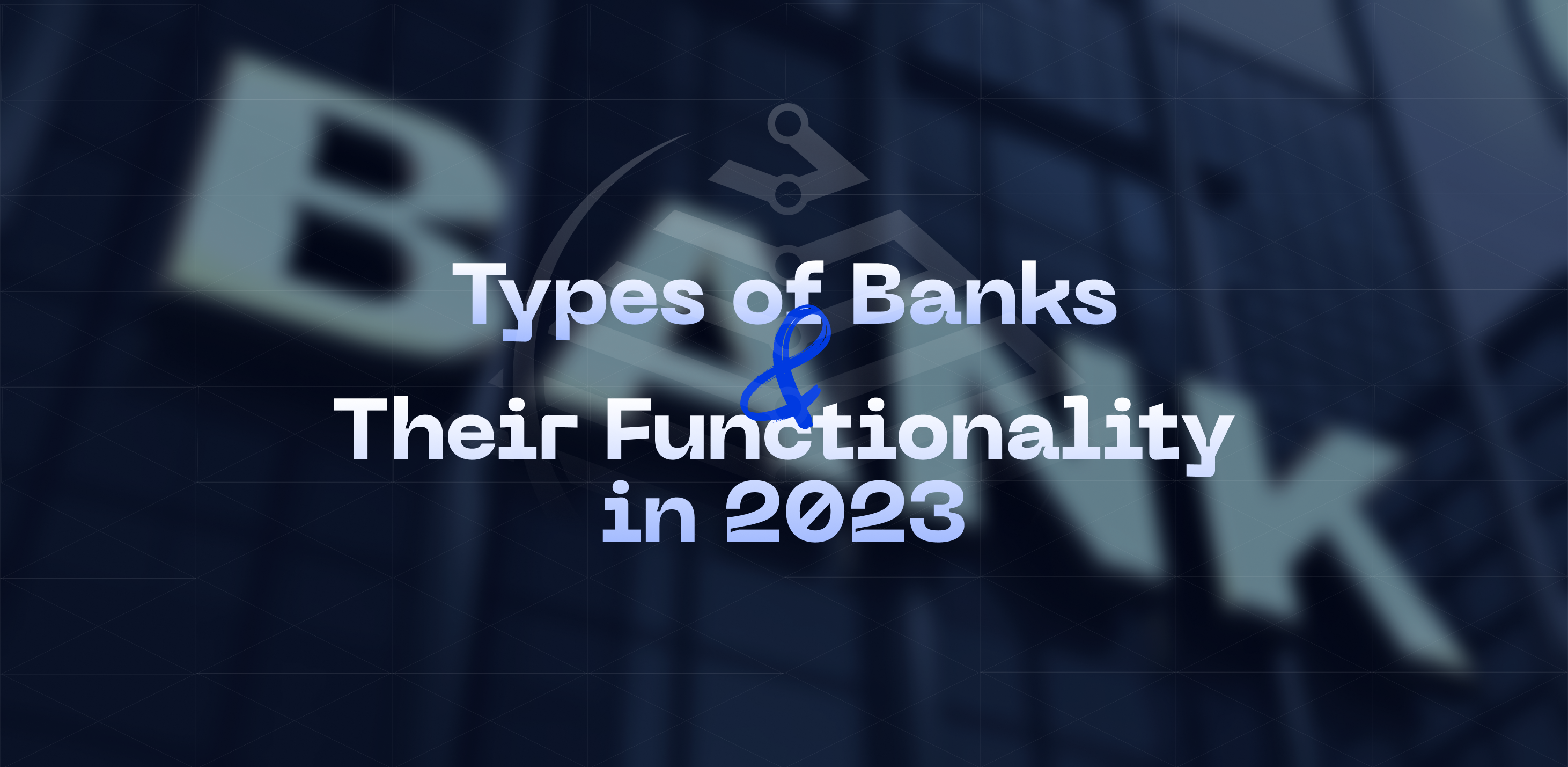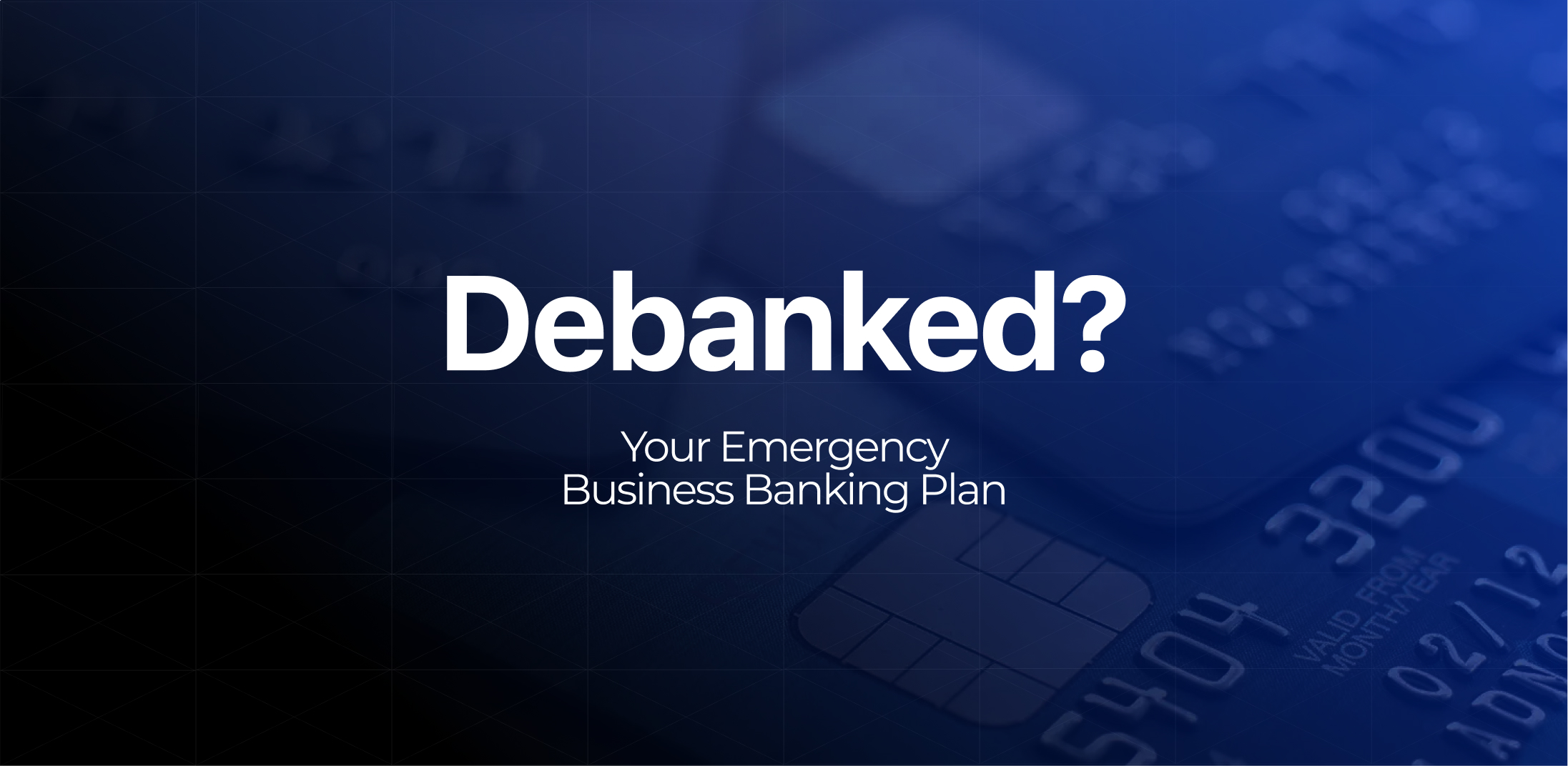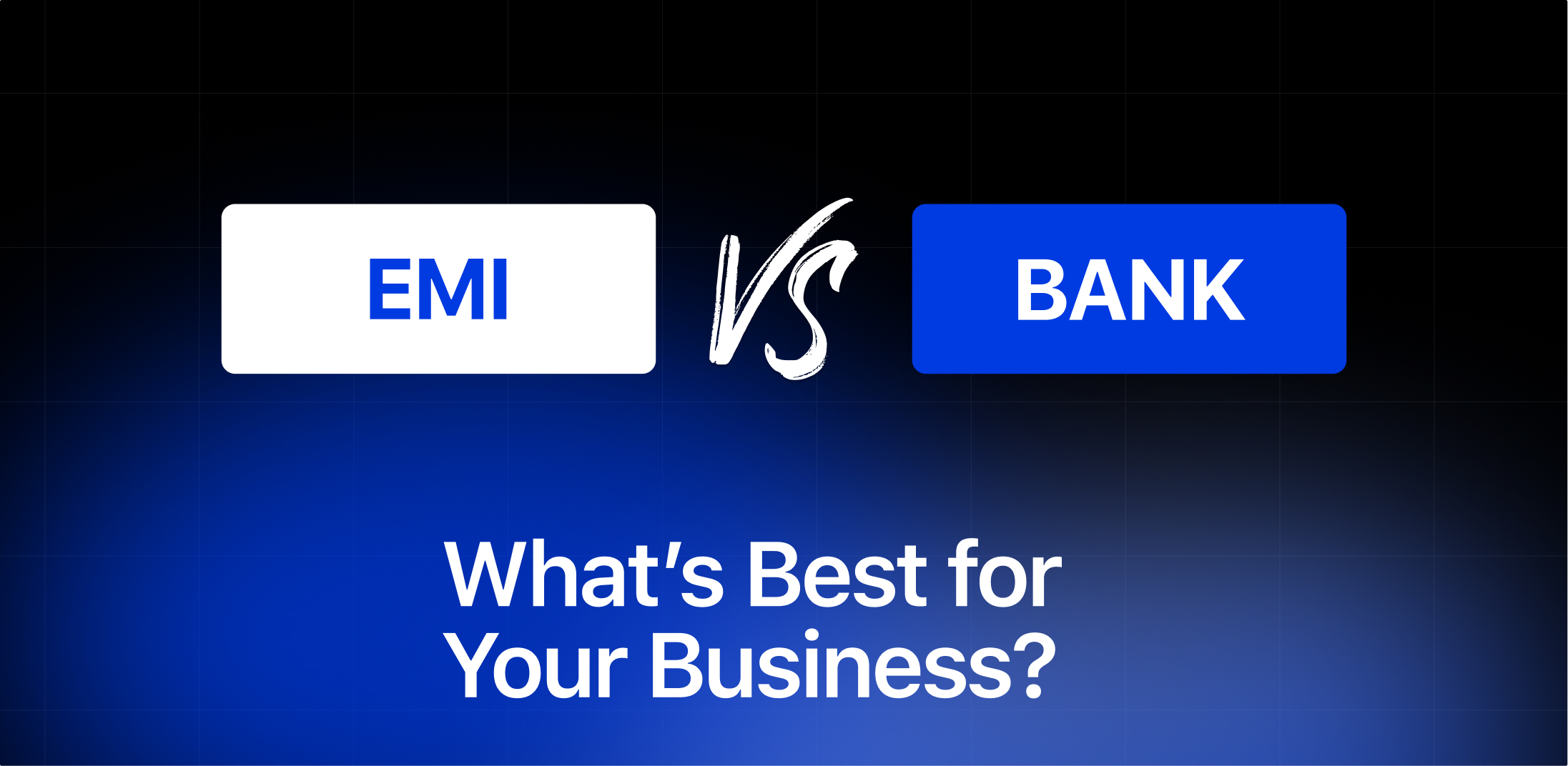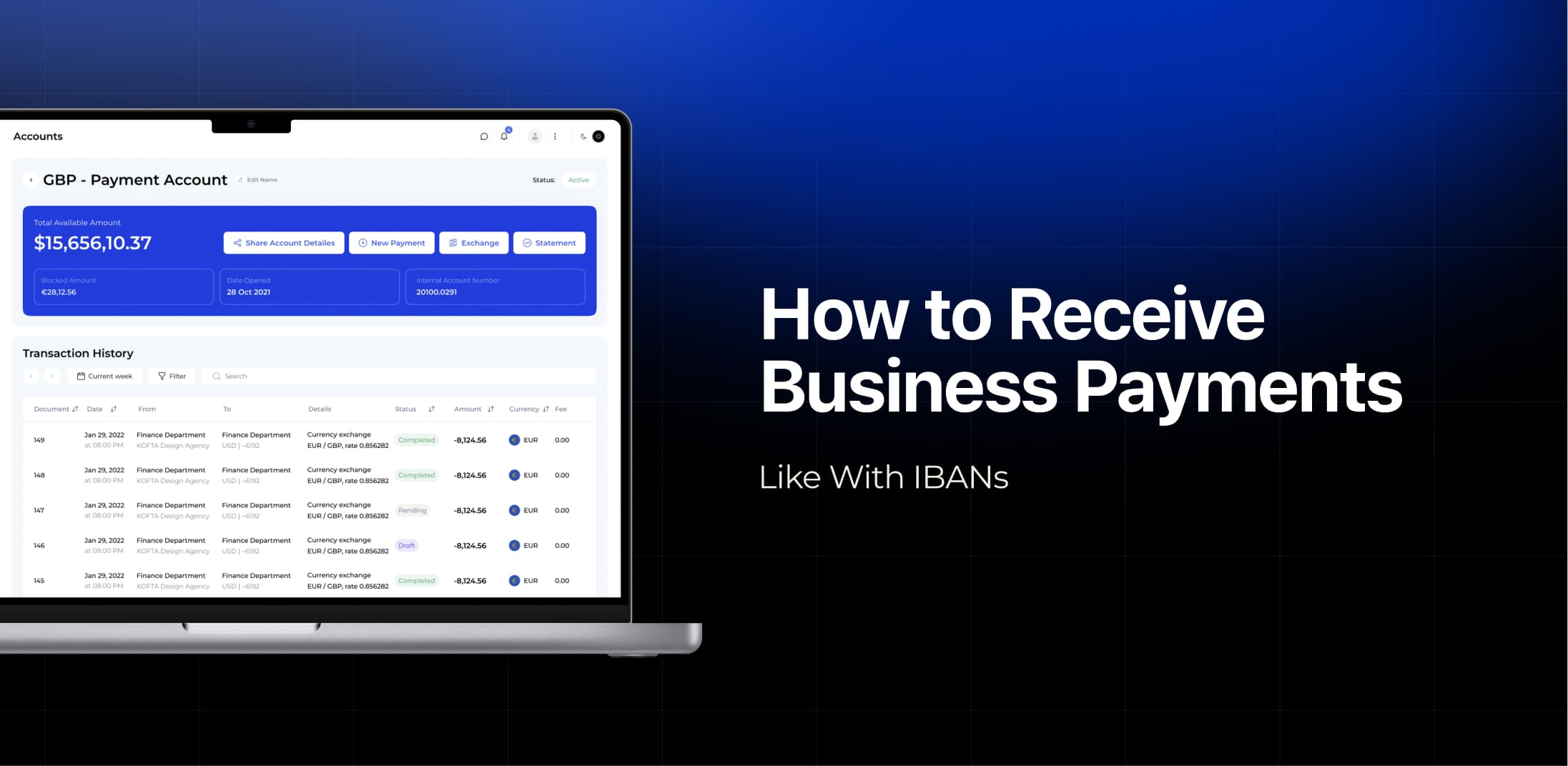Banks are the center of the financial system. It is a special credit institution that specializes in accumulating money and placing it in its own name for profit. The banking system is a unity of constantly developing and interacting financial and credit institutions that perform banking operations both in full and in part.
People have trusted their funds to banks for centuries. These establishments provide many services, but it all depends on the type of institution. Let’s figure out together what types of banks there are, their specializations, as well as their advantages for clients.

Introduction to Bank Types
The management of each bank initially chooses one or several directions in which they will move. This is necessary so that the bank can form an optimal position on card, credit and deposit products, correctly identify the target audience, conduct marketing campaigns, internal tariff policy and finally achieve its global goals.
You need to know different types of banks to make a considered choice when you need to go to one of these structures. Savings institutions specialize in making a deposit. Investment banks cooperate with business representatives, investing in their development. Mortgage organizations provide loans for housing and other necessary services.

What are the types of banks?
The diversity of banking systems is due to the large number of banks operating in a given country. In general, banks are financial institutions that conduct various types of transactions with funds and securities and provide financial services to business entities.
Banks issue, store, lend, buy, and sell, exchange money and securities, provide credit, control the flow of financial resources, circulation of money and securities, and provide cash and settlement services. Due to this diversity of banks, they can be classified according to certain criteria. The most popular types of banks today include the following:
- Retail banks;
- Commercial banks;
- Investment banks;
- Credit unions;
- Private banks;
- Savings and Loan Associations;
- Challenger banks;
- Neobanks, etc.
Different experts may interpret the types of banking institutions differently. But let’s take a closer look at the previously listed options.
Retail Banks
Retail banking, also known as consumer banking or personal banking, is banking that provides financial services to individuals rather than businesses. It allows individual consumers to safely manage their funds, obtain credit, and make deposits. Current and savings accounts, mortgages, consumer loans, credit cards, and certificates of deposit are just a few of the services provided by retail banks.
They are adding teams of financial advisors with expanded product offerings, including asset management, brokerage accounts, private banking, and retirement planning, in addition to regular retail bank accounts and customer support from financial representatives in local branches.
Services & Examples
Retail banks serve financial needs for everyday expenses and life events, such as buying a home. Such an organization holds cash deposits from its retail customers. It then uses these deposits to make loans to other customers. In recent years, such institutions have been expanding their product offerings to offer a broader range of services to their retail customers.
Let’s list the types of retail banking services classified based on the needs of the clients:
- Settlement services for individuals or retail payments. This is the purchase of goods and services for private consumption, such as rent, utility bills, etc.
- Cash investment services. They are carried out by opening a deposit, buying debt securities of the bank, using cash to buy precious metals, placing cash in securities and so on.
- Provision of a credit to individuals.
- Currency exchange services. This is the exchange of cash and non-cash foreign currency for domestic currency and vice versa.
- A storage and transportation of valuables services. The bank leases to an individual a safe deposit box for storage of valuables or a collection vehicle for their transportation.
- Consulting and information services.
Commercial Banks
A commercial bank is a credit organization that provides banking and financial services to individuals and legal entities for profit. There are different types of commercial banks. Clients can find universal (serving different categories of customers and providing different services) or specialized on certain services or categories of customers.
Services & Examples
Most commercial banks offer their customers cash and settlement services, lending (consumer, mortgage, business and other), deposits, bank cards, foreign exchange operations (exchange and currency control) and specialized services for legal entities, such as leasing and acquiring. Such institutions, regardless of types of a commercial bank, also often offer investment services such as brokerage and securities transactions.
Investment Banks
An investment bank is a bank that deals with investment projects for large clients. They search for investment deals in order to mediate them and receive a commission.
Therefore, these institutions are not interested in placing deposits or providing credit, but, for example, will help a company to issue its stocks and bonds and sell them profitably. Simply put, investment banks are an intermediary that helps corporate clients’ close large deals and undertake large projects.
Services & Examples
The main services of investment banks include:
- financial counselling and management of real (raw materials, real estate) and portfolio (securities) assets of large investors;
- raising finance – assistance in obtaining loans or syndicated loans (loans from several lenders);
- advising on mergers and acquisitions (M&A) transactions, raising finance for these transactions;
- Brokerage and dealing services, for example execution of transactions on financial markets on behalf of the client;
- risk management through hedging, for example opening transactions on one market to compensate for risks on another;
- financial rehabilitation of the company, etc.

Credit Unions
Banks and credit unions are financial organizations that provide similar services. Clients will be able to open savings and checking accounts, take out loans for cars and real estate. However, there are differences between financial organizations.
A bank is a separate institution, the purpose of which is to make a profit for shareholders. A credit union accepts customers as members, who all together own the organization.
Services & Examples
Such organizations make their work as easy as possible. Advantageous features include:
- The opportunity to receive funds without loss of time. The loan is provided as quickly as possible. Often the application can be sent virtually.
- Absence of guarantors. To obtain borrowed funds will not require guarantors, collateral, or a package of certificates.
- Features of management. Each member of the organization has the right to participate in the work of the company. This does not depend on the period of stay in the ranks of members of the company, as well as on the amount of contributions already made.
- The possibility of writing off penalties, if this is agreed with the founders.
Private Banks
Private banks are owned by specific shareholders, not the state. They showed up not long ago. As a rule, such an establishment has profit as its main goal. As a rule, a typical private bank is a universal, serving both legal entities and individuals.
Services & Examples
Private banks can provide almost all types of services like classic institutions. It all depends on the management, their strategy, and vision for their business operations. The key service that is provided by banks is to help customers with their money.
People need different things: to store money virtually rather than in physical form, to transfer their money from one current account to another, to pay utility bills or buy a house, and so on. Today, you don’t need to have physical banknotes to do this.
Savings and Loan Associations
A savings and loan association – in the United States – is an institution at the national or state level that accepts savings deposits and invests the bulk of the funds in mortgage loans. In recent years, savings and loan associations have been a serious competitor to commercial and savings banks in attracting savings from the population.
This is achieved by charging high-interest rates and also as a result of the population’s desire to solve their housing problems with the help of these institutions. At present, the number of association members is in the tens of millions.
Services & Examples
The core of their activities is the provision of mortgage loans for housing construction in urban and rural areas. Active operations mainly consist of mortgage loans and a credit, which account for 90%, as well as investments in government securities (central and local government). The associations carry out both active and passive activities.
The former consists of providing targeted loans for the purchase of real estate, as well as the purchase of shares. The terms of lending in most cases imply the use of floating interest rates. The essence of passive operations consists in attracting the savings of individuals and placing them in various types of accounts. Depositors are at the same time shareholders of the association with voting rights.
Challenger Banks
The new type of bank has not only changed the minds of consumers but also made high-street banks strain, as users began to actively move to new mobile-only institutions. They provide almost the same range of services but at a lower cost.
In the UK, such banking platforms are called challenger banks, as those that are ready to challenge the system. If you need to get your card in hand, that’s no problem. Such organizations are always happy to help with this. Moreover, every customer has the option to open a virtual card with some such banks.
Services & Examples
There is a certain key functionality that each digital bank should have. It is formed based on the market requirements and regulatory system of each country. Let’s take a look at the key services.
- KYC (Know Your Customer). The most important stage of new user registration. It should help the bank to remotely verify the identity of a person and his or her identity documents. Sometimes banks require additional checks: residence in the country or the presence of a name in the voting lists.
- Payments. After registration, users receive a plastic card and can use it. Depending on the license, financial institutions can issue only debit cards (prepaid e-money license) or debit and credit cards (full banking license). There are several basic types of payments: money transfers within the same bank, money transfers within the same country, international transfers, regular payments that are made automatically at a certain frequency. In the UK, there are Direct Debits. This is a system that allows third-party services to regularly withdraw money from a customer’s card.
- Customer support. Since digital-only banks do not have branches to which one could apply, high requirements have been set for the efficiency of the support department. The pressure comes from two sides – real users and regulatory authorities. All banks have a certain policy, standards for responding and the speed of solving a particular problem.
Neobanks
Digital banks are a new invention that the public doesn’t have much confidence in yet. Neobanks are fintech companies that offer standard banking services in a fully digital format. Unlike conventional banks, electronic platforms do not have physical branches and can operate without a banking license. It holds accounts on your behalf, transfers money between accounts, and allows users to deposit or withdraw cash as needed.
These institutions emphasize modern technologies that allow them to process large volumes of data and provide services to the masses due to their accessibility. In addition, few of these digital banks are engaged in providing credit, which allows them to reduce provisioning costs and significantly reduce risks.
Services & Examples
Neobanks these days offer:
- High-interest rates on a digital bank deposit. Because neobanks have no branches and fewer employees, they can offer more favourable interest rates on deposits;
- Simplified way to get loans. The process of obtaining loans from non-banks is more convenient and faster because they use modern technology to assess a client’s credit risk;
- Low tariffs. Often, neobanks do not charge fees for card services and fund transfers; and
- New financial analytics solutions. In addition to regular banking services, neobanks provide services for automatic analysis of account movements and, together with this, offer their users personalized financial solutions.

How to Choose the Right Bank Type
A contract with a bank is often a union for many years and usually with obligations that will definitely have to be fulfilled. So, selecting a bank is almost like choosing a life partner. But if relationships with partners are typically built on love, with banks you have to do it on a calculated basis. You regularly wonder: how many types of bank are there to pick from?
Before selecting a bank, it is important to decide what you expect from such an institution. Reliability, profitability, availability of loans, quality of services – the priorities and combinations of these features depend on your needs. Here’s a little advice on what you should do before you open a bank account:
- Compare offers. Study the offers of several banks, and evaluate the cost of services, credit availability, income on deposits, and quality of service.
- Check the license. Be sure to verify if you are really dealing with a bank, especially if it is a financial organization with a name you do not know.
- Explore availability. When selecting a bank, you should carefully study the location of branches, ATMs, and online banking capabilities and correlate this with your needs.
- Evaluate reliability. Perhaps the most significant thing we expect from a bank is reliability. However, it is not easy to check whether a bank meets this criterion.
- Don’t forget about the quality of service. Try to assess the quality of service. Read reviews on the Internet and ask acquaintances who use the bank’s services if they are satisfied with the service. Carefully study the bank’s website.
The choice of bank is always up to you, your needs and wishes. Remember, you shouldn’t rush and agree to the first organization you come across. Familiarize yourself with the bank’s offerings, and the services they provide. It is also worth looking for customer comments on a particular banking organization. Save yourself time and nerves before making a residual choice.
Key Considerations
Today, there are many types of banks. This plays into the hands of customers, but at the same time makes it difficult to choose. Only you yourself know why you are giving your funds to the bank. Banking establishments are ready to help you and provide quality services.
When you have decided on the type of bank, familiarize yourself with her credit history. This will help you learn more about the reliability of the institution. Don’t apply to the first bank you meet.

Future Trends in Banking
Many potential customers today are not only concerned with the question of what are the types of banks? There is a huge interest in modernizing the banking system, their services, and innovations that will simplify people’s lives in the financial industry. In that case, let’s take a look at the most popular trends ahead of us in this direction.
- Most banks are investing in the development of chatbots and voice assistants to interact with customers, betting on artificial intelligence technologies. Today, it is even possible to get credit thanks to such tools. It is affordable, easy, and makes life easier for banking organizations.
- The popularity of digital currencies these days inspires confidence that most banks will soon start interacting with Bitcoin and USDT. You will no longer have to open accounts with third-party resources to exchange your funds. It will be possible to do it all in one place: open a bank account, get a loan, or mortgage, and convert money from fiat to cryptocurrency.
- Banks are striving to understand their customer’s needs and anticipate them. They are armed with personalization and dynamic content, introduction of real-time marketing modules and chatbots in different types of banking.
- There has been a revolution in customer experience in the banking system. The focus is on remote channels: the website, mobile banking and all the processes that go with them. Now, banks are testing an end-to-end process called Customer Journey Map (CJM). Specialists analyze everything from the moment a customer searches for information about the bank’s products to the funnel for filling out a questionnaire. An individual digital portrait of the user is being formed.
Banks are finally going digital. According to experts and bankers themselves, in the end, whatever the type of banking system, the world will come to banks without offices, without employees, without funds and customers. Let’s follow the development of this industry together with PaySaxas.








